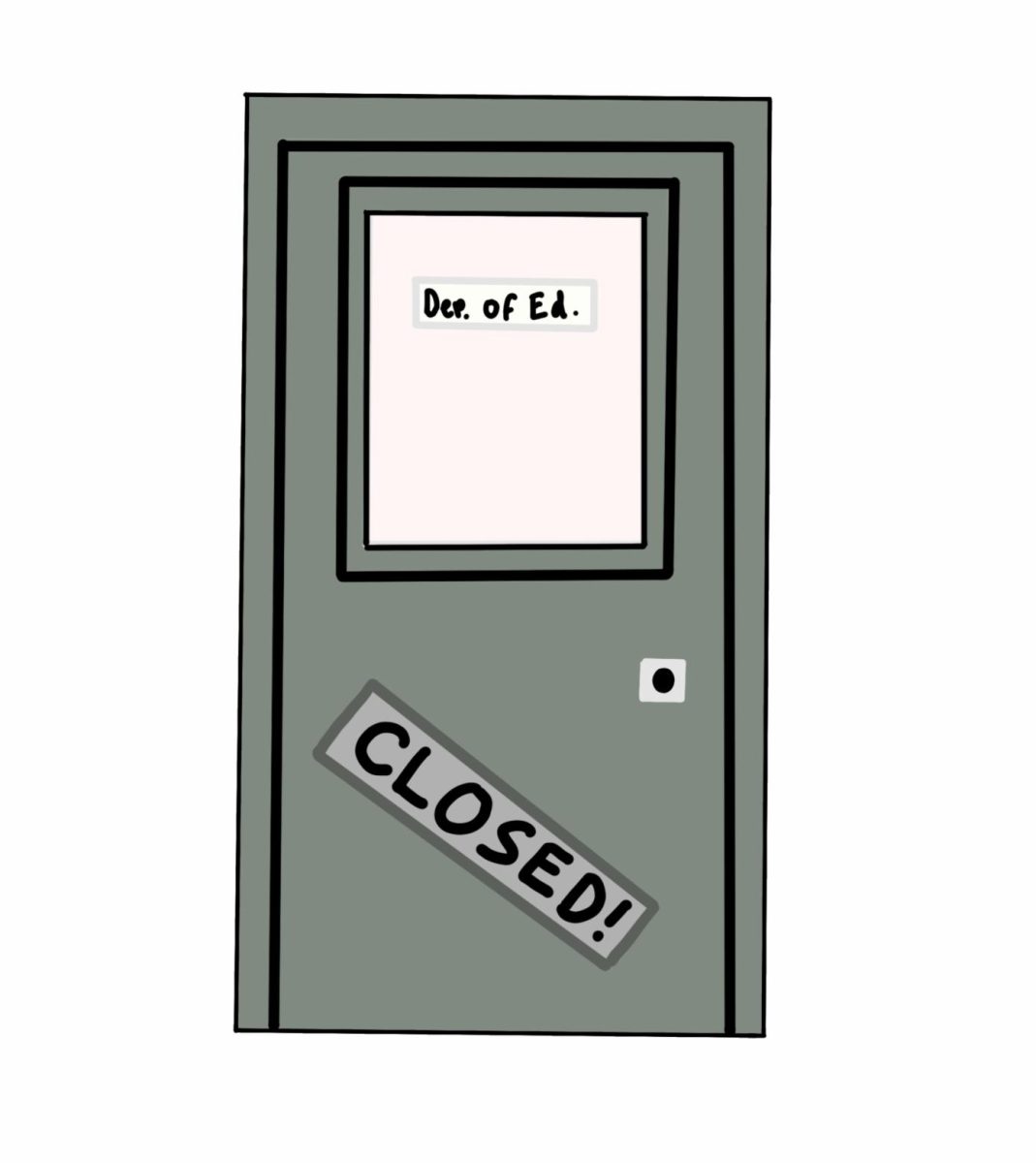Low calorie drinks fail to bring health benefits
June 5, 2017
Students are only given low calorie, no sugar drink options in the vending machines due to the soda ban in 2006 on elementary, middle, and high schools. Elementary and middle schools aren’t allowed to sell any type of soda, while high schools are only allowed to sell diet options. These drinks barely have any sugar or calories at all. This change is similar to the switch from regular chips to baked chips in the vending machines. Although diet sodas and teas may be low in sugar and calories, the negatives seem to outweigh the positives.
The main sweetener in diet soda, Aspartame, and Acesulfame Potassium are known to be 200 times sweeter than sucrose, the sweetener used in regular soda. Almost all diet sodas use both Acesulfame Potassium and Aspartame which have been under speculation for being carcinogenic.
Diet Coca-Cola contains the largest amount of Phosphoric Acid, an acid used to give food and drinks a sharp, distinct flavor, of any other fountain drink, with 62mg. This acid wears away at bone marrow, therefore attacking the first bone it comes in contact with; teeth. Drinking diet soda can wear down the enamel enough to attain teeth sensitivity.
When students are only given one option for soda in the vending machines, they won’t think twice about buying a diet soda. However, if students were given the choice, they could decide for themselves which they would rather drink, knowing the underlying health issues for both.
Diet sodas may have less sugar in them, but this can also lead to compensation. People tend to find the sugar and calories in other places when being told they are drinking something with no sugar or calories. For example: drinking a diet soda may permit them to have more pizza than they normally would, because the amount of sugar and calories will equal out.
Soda has health dangers whether students are drinking a diet soda or a regular one. High schools could continue the rules that middle and elementary schools and not sell soda at all, leaving the students’ choices up to them and their parents.
Looking at the label, diet soda seems like a great alternative to regular soda. No sugar and no calories with the same taste sounds perfect. If students are given both options, they can have the choice of which one they would rather drink, knowing the health implications that may follow.
























